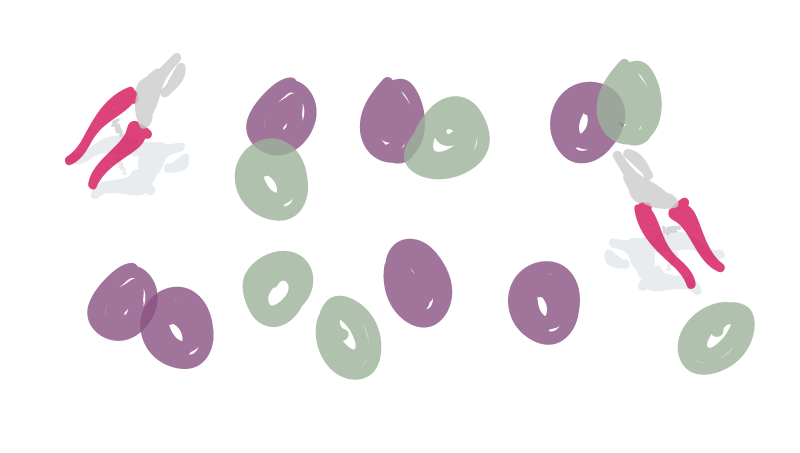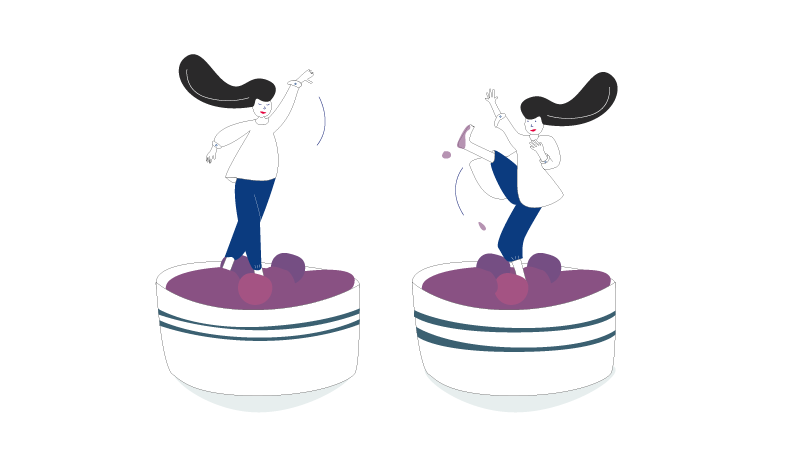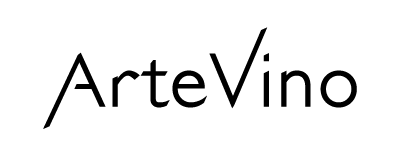5 questions for understanding grape harvests (vendanges)
For wine growers and wine lovers alike, grape harvests are a crucial period marking the beginning of the grape harvest. To assuage your thirst for knowledge and to understand more about this extra special period, here are our answers to your questions!

1. When do the grape harvests begin?
The region’s climate, the grape variety and the age of the vines… there are so many factors which influence the date on which the harvests begin. Some elements, like the angle of the slope or the exposure to the sun, encourage the speed of ripening for the vines and vary the time of harvest. For this reason it can be that neighbouring plots are harvested with several days between them.
In France, the go-ahead for the grape harvests traditionally occurs at the end of August-beginning of September for dry white wines and red wines. For other types of wine or for some regions, it may start later in October. On average the start of the grape harvests takes place:
For Corsica, Languedoc-Roussillon, and Provence
For Beaujolais, the Southern Rhone Valley
For the Northern Rhone Valley, Bordeaux, Burgundy, Jura, Loire Valley, etc.
For Alsace and Champagne
For the Charente and Lorraine
For some sweet, effervescent or sweet dessert wines, the grapes need to ripen for longer in the sun in order to gain more sweetness. The harvest of grapes that are “over-ripe” starts in November or even December: this are known as late grape harvests.
Conversely, there are “green” harvests which start before standard harvests. The aim is to cut some of the bunches from the vine in order to concentrate the flavours in the remaining bunches.
Finally there are more exceptional cases: for ice wines the grapes are gathered from fruit that has frozen on the vine in mid-winter. For sweet dessert wines, the grains nobles (noble berries) are harvested by hand at the beginning of the autumn.
2. Ban des vendanges (official opening of the harvest period): what is this?

The ban des vendages is a date set by Prefectural Decree authorising the start of harvesting. As the main aim is to preserve the quality of the wines, it does however authorise numerous exemptions. For some winemakers the grape must in fact be perfectly ripe. For others, it must correspond to very specific criteria (sweetness, acidity, etc.).
The harvest date varies with the French Départements and is usually 100 days after flowering. It is decided after consultation with producers’ organisations and INAO (Institut national de l’origine et de la qualité – National Institute of Origin and Quality).
In some towns such as Avignon or Saint-Émilion, the ban de vendanges is the time to celebrate the start of the harvest with a special launch party. Parades in the street, convivial meals, shows and entertainments, etc. Many local festivities are organised to please wine lovers, inhabitants and visitors.
Interesting fact: originally the ban des vendanges was an old feudal right allowing the feudal lords to choose the right time to start the grape harvests. This privilege no longer exists having been abolished during the French Revolution… but the festive tradition goes on!
3. Mechanical or manual grape harvest: what are the differences?
Each method has its advantages for harvesting the grapes:
- Manual grape harvests
This method, still very much in use, is the most ancestral and meticulous. During the harvest, it is in fact possible to identify and sort bunches that are damaged, too small or not ripe enough. Placing the grapes in the boxes is also more delicate and prevents them crushing each other. - Manual harvesting is obligatory for some plots of land where machines cannot be used and some types of harvest, like the late harvest of grains nobles. Today it remains popular with many winemakers looking for flawless quality.
- Mechanical harvests
Mechanical harvests are carried out using a straddle tractor. This solution is especially useful for meeting an urgent need. In some very hot regions it is necessary to harvest quickly so that the heat does not ruin the vines. This is also the case during violent episodes of hail or thunderstorms. It is then necessary to act fast to save the fragile fruit. - Mechanical harvests are sometimes carried out by wine growers who lack pickers, financial resources or for greater comfort. In heatwaves, the harvesting machine makes it possible to harvest at night when it is cooler.
Good to know: mechanical harvesting is authorised in the specifications for the “bio” (organic) label.
4. How do you know if the grape is ripe?
There are several methods for determining the maturity of the grapes.
- The refractometer: this small appliance measures the sugar content of a grape.
- Juice analysis in the laboratory: this reliable method makes it possible to evaluate the grape’s sugar content and its acidity.
- The winemaker’s experience: he/she will determine the maturity of the grape himself by tasting it and observing the colour of its skin.
5. How can you take part in grape harvests?
Grape harvests are often festive, joyous and friendly occasions. Students, retired people, employees – people from all walks of life can take part. The only condition is to be a minimum of 18-years-old (sometimes 16 depending on the region). If you are already an employee in France and want to work in the vines, you can ask for some days’ holiday from your company.
There is a contract specially created for this; the “Contrat vendanges” (grape harvest contract). It can last for 8 to 30 days and be renewed if required. Often paid at the minimum wage, it is however exonerated from employee contributions.
For wine lovers, taking part in the grape harvest is a time to make memories, meet wonderful people and learn more about vineyard management. If the harvests take place in Burgundy you can also take part in the traditional meal celebrating the end of the grape harvests, the Paulée
There are two possible methods of becoming a grape picker:
- contact the properties, chateaux or winemakers near you or those you like
- reply to advertisements on job search websites. Some offers are posted from the start of the summer: you can find them using key words like “grape picker”, “cutter” or “grape harvests”.
Offers are published progressively depending on the volume of the grape harvests or the weather. A last piece of advice is to start early. Although lodgings or a camp site pitch are sometimes provided, most of the time somewhere to stay must be planned.


